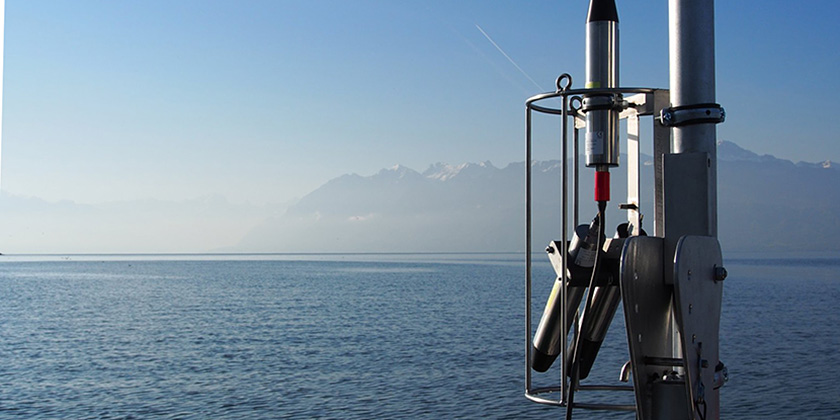Department Surface Waters - Research and Management
CORESIM: Coupling Remote Sensing, In-situ and Models

Inland waters are increasingly facing external pressures. Over the last decades, different research communities have focused on this issue with different approaches and information sources. The current challenge is now to couple in-situ measurements, remote sensing data, hydrodynamic and biological three dimensional models, to provide timely, scientifically credible, and policy-relevant environmental information to lake managers.
The coupling approach developed in the CORESIM project implies mutual feedback mechanisms between those three information sources. Model simulations are improved through data assimilation. Remote sensing images processing is improved from in situ and modeled information of the vertical structure of investigated parameters. Lastly, in situ measurements achieve a better representativeness when carried out along instantaneous gradients known from remotely sensed products and model simulations.
More details of the coupling can be found here for the case of Lake Geneva with results of the three dimensional provided in forecasting mode: meteolakes.ch
